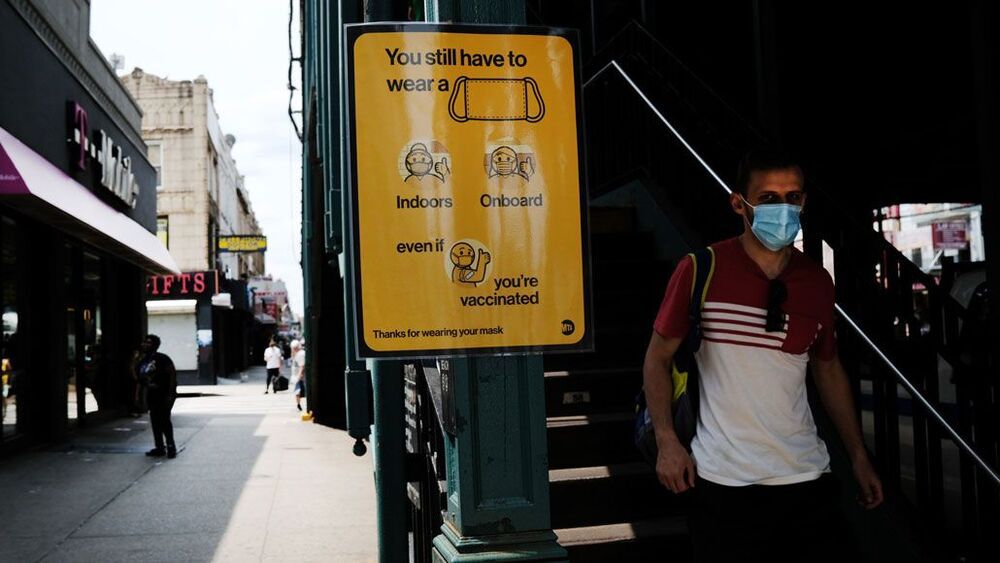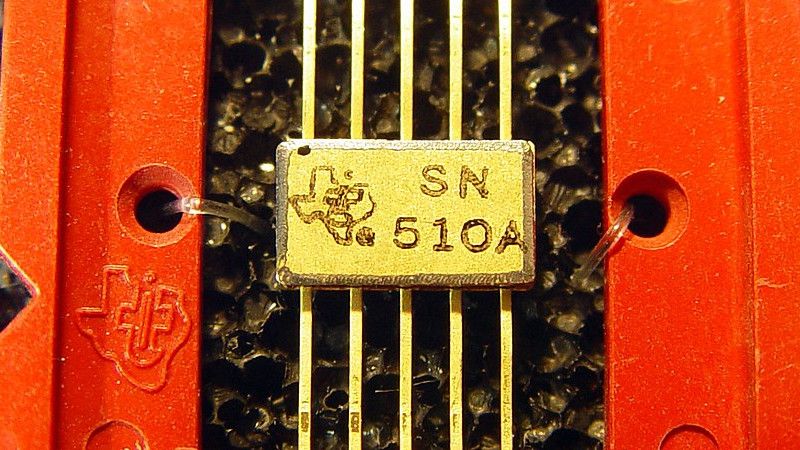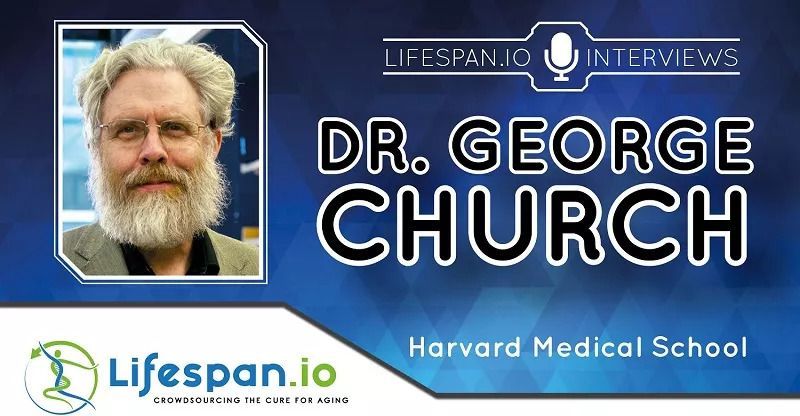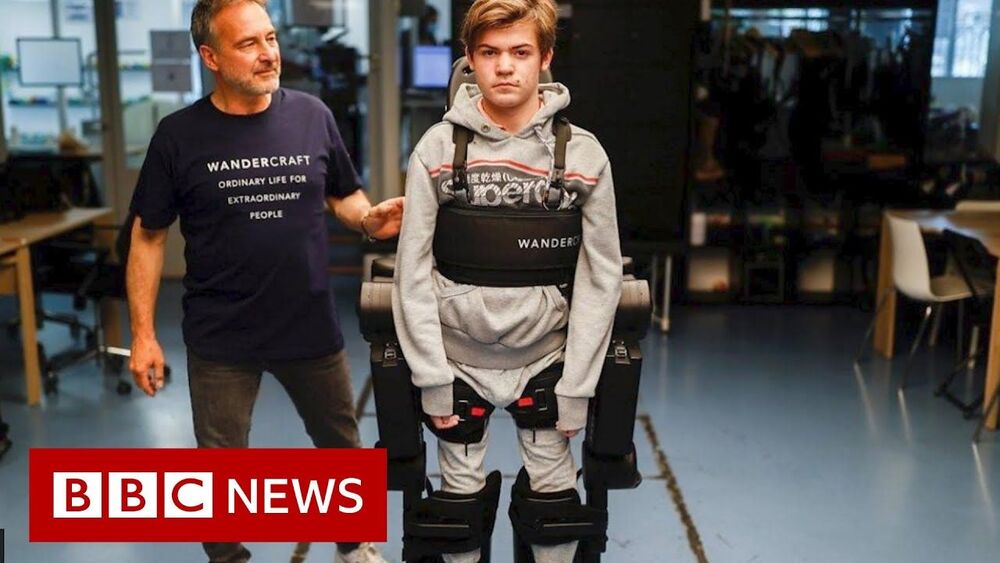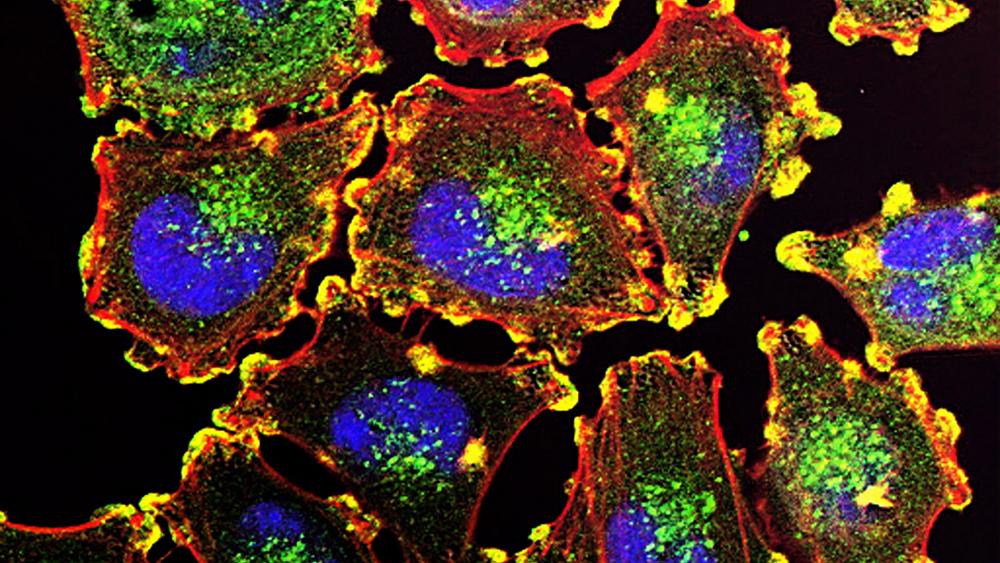The news we like: “In five to 10 years time from now, we’ll have a new, special kind of drugs: longevity drugs. And unlike today’s medication, which always focused on one disease, this kind of drug will will give us an opportunity to influence aging as a whole and a very fatalistic way, working on healthspan, not only on lifespan… it’s very likely that this new drug will be developed with the help of artificial intelligence, which will compress drug development cycle by two or three times from what they are today.”
Ahead of the launch of his new book Growing Young, Sergey Young joins us for a video interview to discuss longevity horizons, personal health strategies and disruptive tech – and how we are moving towards radically extending our lifespan and healthspan.
Sergey Young, the longevity investor and founder of the Longevity Vision Fund is on a mission to extend healthy lifespans of at least one billion people. His new book, Growing Young, is released on 24th August and is already rising up the Amazon charts.
“It’s been amazing three years journey,” Young told Longevity. Technology. “I spent hours and days in different labs in the best clinics in the world and best academic institutions. I even talked to Peter Jackson! I’m very excited to share with everyone, so every reader can start their longevity journey today.”

